Make Your Cat Listen To You: Know How to Discipline A Cat

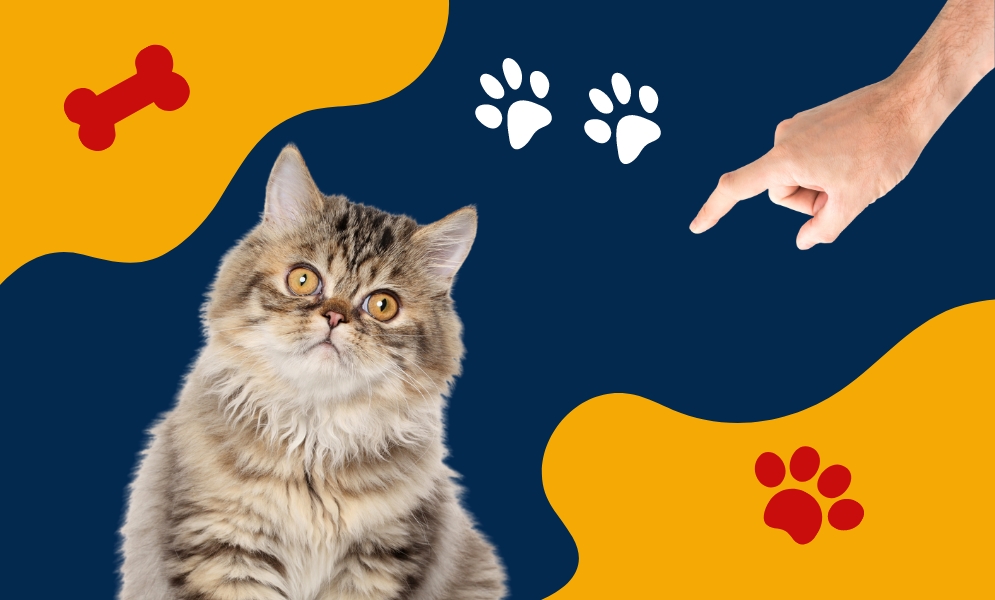
As a long-time cat parent, I have realized that the first step to knowing how to discipline a cat is understanding their behavior. Unlike dogs, cats are independent, territorial, and often misunderstood creatures.
Their actions, which may seem random or even spiteful to us, are often rooted in instinctual behaviors or responses to their environment. But this also makes training them a daunting task.
In this article, we’ll explore effective techniques to discipline your cat without compromising the bond you share. From understanding their behavior to implementing positive reinforcement, you’ll learn how to communicate with your cat in a way that strengthens the bond between you two. We will also provide tips that will help you guide your cat towards better behavior.
Understanding Cat Behavior
To discipline a cat successfully, we must first recognize that they are not driven by a desire to please us, as dogs often are. Instead, cats are motivated by their own needs and preferences, which can sometimes clash with our expectations.
By understanding their natural tendencies, such as scratching, marking, and hunting, we can better address the underlying causes of unwanted behaviors. Moreover, cats are highly sensitive to their surroundings, and even minor changes can trigger stress or anxiety, leading to behavioral issues.
By creating a calm, enriched environment and providing appropriate outlets for their natural instincts, we can prevent many problem behaviors from arising in the first place.
What Is the Importance of Discipline for cats?
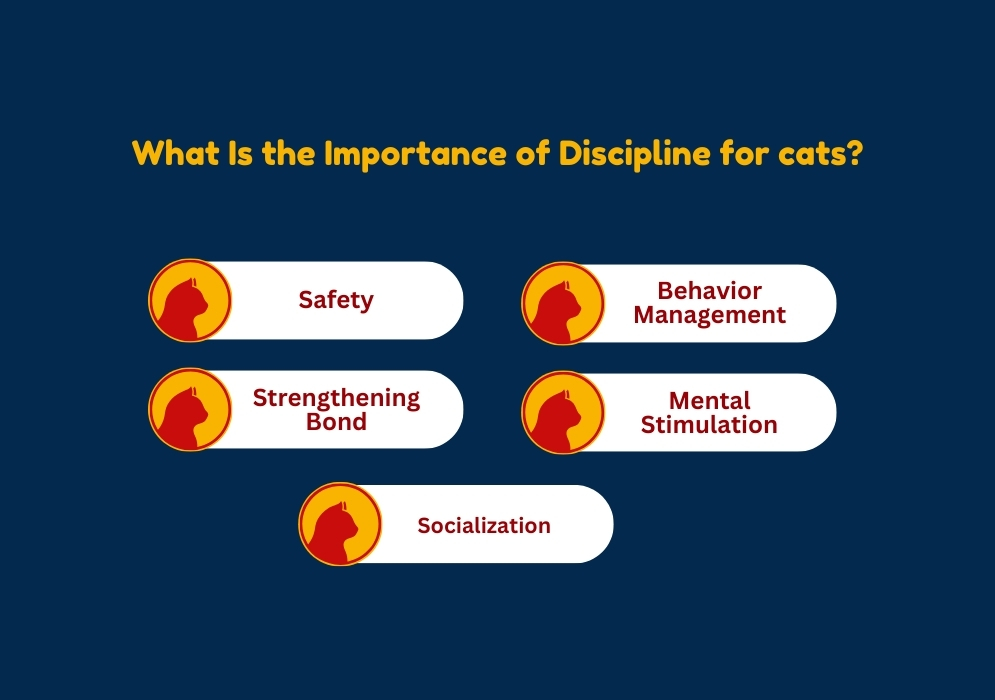
While it may seem counterintuitive, knowing how to discipline our cats is crucial for their long-term well-being. Without proper guidance, cats can develop habits that are destructive, disruptive, or even dangerous to themselves and their surroundings. We have explained these reasons in detail:
- Safety: Proper discipline helps prevent dangerous behaviors, such as chewing on electrical cords or running into the street, ensuring your cat’s safety.
- Behavior Management: It helps manage and reduce undesirable behaviors like scratching furniture, aggression, or inappropriate elimination, making your home a more pleasant environment.
- Strengthening Bond: Consistent and positive discipline fosters trust and respect between you and your cat, enhancing your relationship.
- Mental Stimulation: Training and discipline provide mental stimulation, keeping your cat engaged and reducing boredom-related behaviors.
- Socialization: Well-disciplined cats are generally more sociable and better adjusted to new people and environments.
Remember, discipline should always be humane and positive, rewarding good behavior rather than punishing bad behavior. This approach helps in smooth training and ensures your cat remains happy and stress-free.
Positive Reinforcement Techniques for Disciplining Cats

When disciplining cats, positive reinforcement is the most effective and humane approach. Unlike punishment-based methods, which can damage the trust and bond between you and your cat, positive reinforcement focuses on rewarding desired behaviors, making it a win-win situation for both of you. Here are two techniques you can try:
Clicker Training
One of the most effective reinforcement techniques is training using a clicker. This is a small handheld device that produces a distinct “click” sound, you can mark the exact moment your cat exhibits the desired behavior, followed by a treat or other reward. This method is not only highly effective but also engaging and fun for both you and your cat.
Use of Toys and Treats
Another technique is the use of high-value treats or toys as rewards. Cats are naturally motivated by food and play, so offering them something they truly enjoy can reinforce positive behaviors and strengthen your bond.
It’s important to remember that positive reinforcement takes patience and consistency. You may need to break down complex behaviors into smaller, more manageable steps and reward each step along the way.
With time and persistence, your cat will learn to associate their actions with positive outcomes, making the desired behaviors more likely to occur.
Setting Boundaries and Establishing Rules for Your Cat
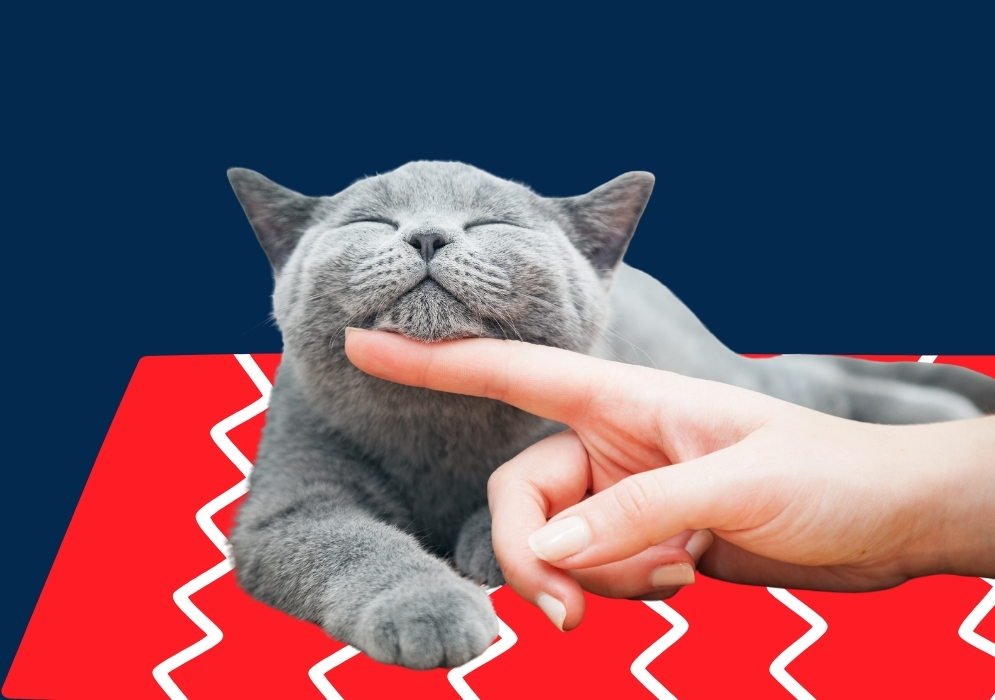
While positive reinforcement is the cornerstone of effective cat discipline, setting clear boundaries and establishing rules is equally important. Cats thrive on routine and predictability, and having a consistent set of rules helps them understand what is expected of them. Here is how you can do that:
Define Clear Rules
Start by identifying the areas or behaviors that are off-limits, such as scratching furniture, jumping on counters, or entering certain rooms. Once you’ve established these boundaries, communicate them consistently to your cat through verbal cues, environmental management (e.g., scratching posts or deterrents), and positive reinforcement when they follow the rules.
It’s also crucial to involve all members of your household in enforcing the rules. Inconsistency can confuse and undermine your cat’s understanding of what is expected, making it harder to maintain the desired behaviors.
Remember, setting boundaries is not about restricting your cat’s freedom or imposing unreasonable expectations. It’s about creating a safe, harmonious environment where both you and your feline companion can thrive.
Redirecting Unwanted Behavior
Even with the best intentions and consistent discipline, cats may occasionally exhibit unwanted behaviors. In these situations, redirecting their energy and focus is often more effective than punishment or scolding.
For example, if your cat is scratching furniture, redirect their attention to an appropriate scratching post or surface. Praise and reward them when they use the designated scratching area, reinforcing the desired behavior.
If your cat is exhibiting excessive vocalization or attention-seeking behaviors, redirect their energy by engaging them in interactive play or providing them with puzzle feeders or food-dispensing toys. This not only satisfies their natural hunting and foraging instincts but also provides mental stimulation and strengthens your bond.
The key to successful redirection is timing and consistency. Intervene promptly when you observe the unwanted behavior, and consistently redirect your cat’s attention to an appropriate alternative.
With patience and persistence, your cat will learn that certain behaviors lead to positive outcomes, while others do not.
Common Discipline Mistakes to Avoid

While disciplining your cat can be a rewarding experience, it’s essential to be aware of common mistakes that can undermine your efforts and potentially damage your bond with your feline friend.
- One of the most significant mistakes is relying on punishment-based methods, such as yelling, hitting, or using deterrents like spray bottles. These techniques not only fail to address the underlying causes of unwanted behaviors but can also create fear, anxiety, and mistrust in your cat, damaging your relationship.
- Another common mistake is inconsistency. Enforcing rules or providing rewards inconsistently can confuse your cat and make it challenging for them to learn and maintain desired behaviors. Ensure that all household members are on the same page and consistently follow the established rules and discipline strategies.
- Failing to provide appropriate outlets for your cat’s natural behaviors can lead to discipline challenges. Cats have innate needs for scratching, climbing, and hunting, and if these needs are not met through appropriate toys, scratching posts, or environmental enrichment, they may resort to undesirable behaviors out of frustration or boredom.
Finally, losing patience or becoming frustrated with your cat’s progress can be detrimental to the discipline process. Remember that cats learn at their own pace, and setbacks are normal. Maintain a calm, positive attitude, and celebrate small victories.
Seeking Professional Help for Cat Behavior Issues
While many cat behavior issues can be addressed through consistent and positive discipline, some cases may require the expertise of a professional. If you’re struggling with persistent or severe behavior problems, such as aggression, excessive marking, or compulsive disorders, it’s essential to seek help from a qualified animal behaviorist or veterinary professional.
These experts can provide personalized guidance and support, helping you identify the root causes of your cat’s behavior and develop a comprehensive plan to address them. In some cases, They may also recommend environmental modifications, training techniques, or even medication, ensuring a holistic approach to resolving the issues.
Seeking professional help is not a sign of failure but rather a proactive step towards improving your cat’s well-being and strengthening your bond. By working with a qualified professional, you can better understand your cat’s unique needs and behaviors, and develop effective strategies tailored to your specific situation.
Disciplining your cat is not about exerting control or dominance; it’s about fostering a deeper understanding, creating a harmonious environment, and strengthening the bond between you and your feline companion.





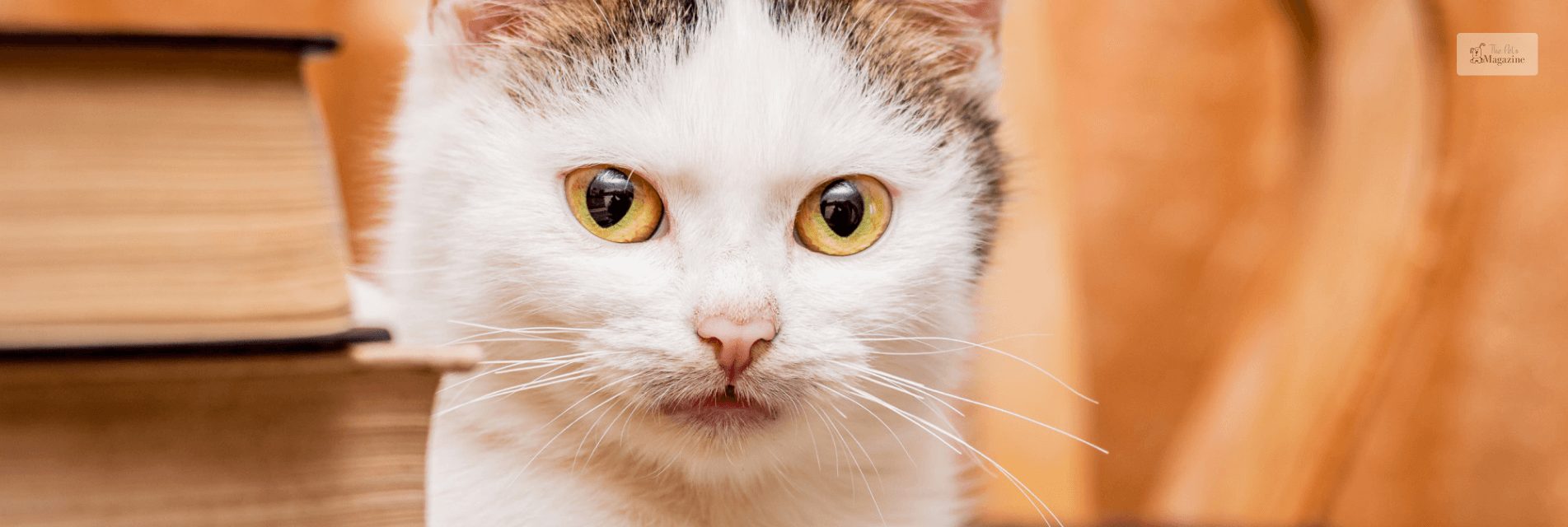

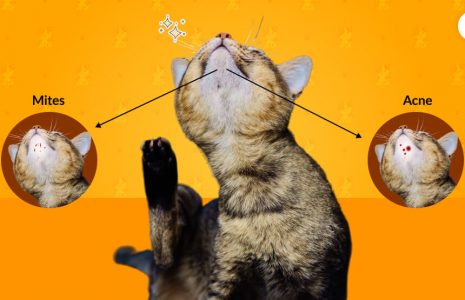
Leave A Comment